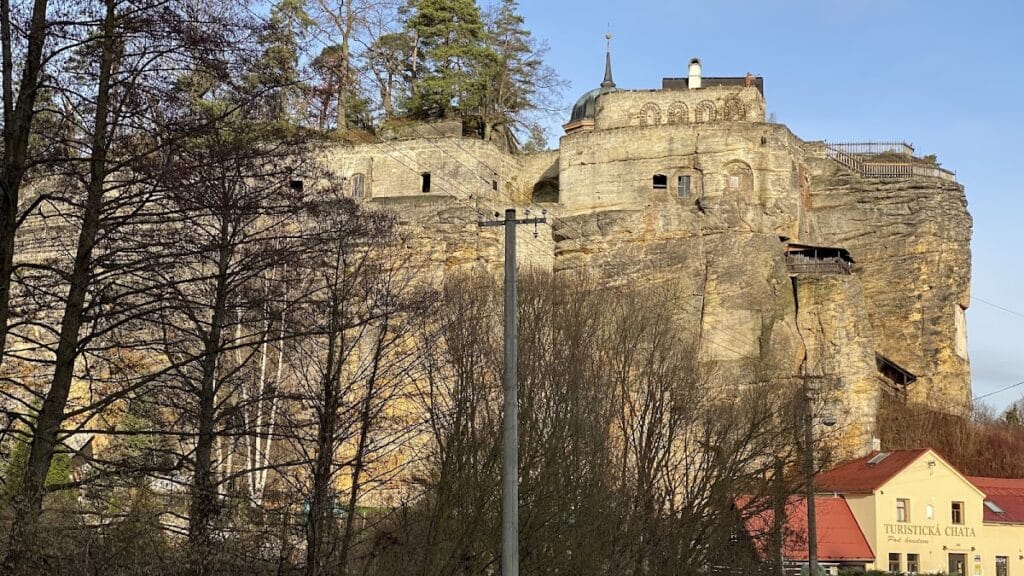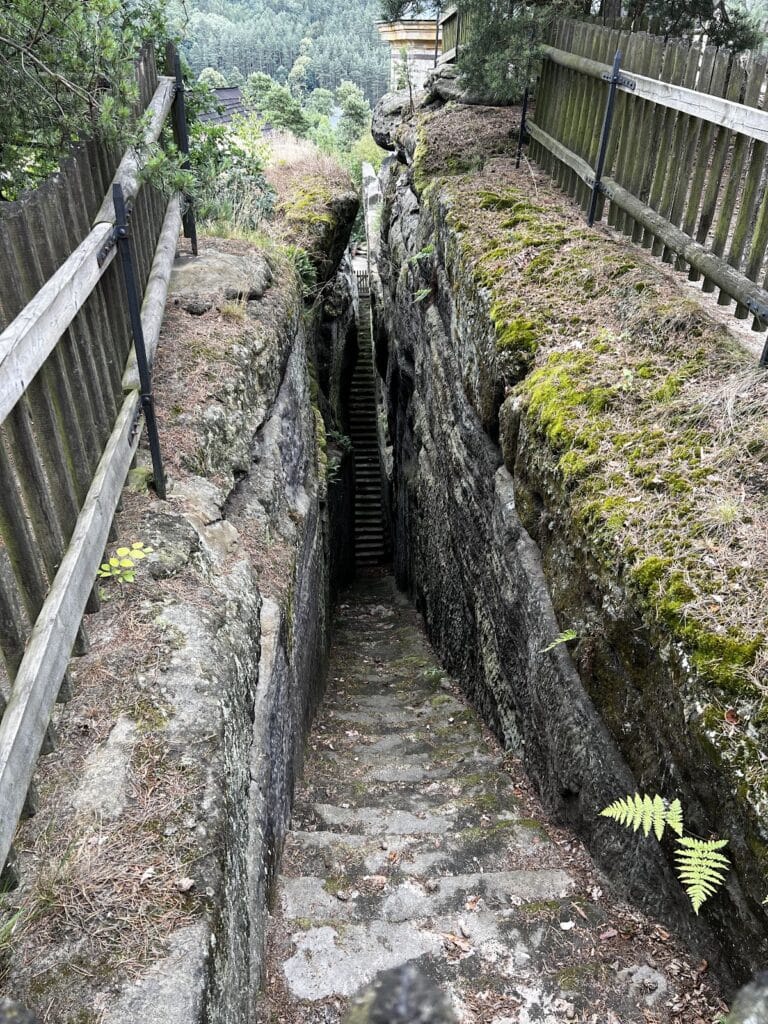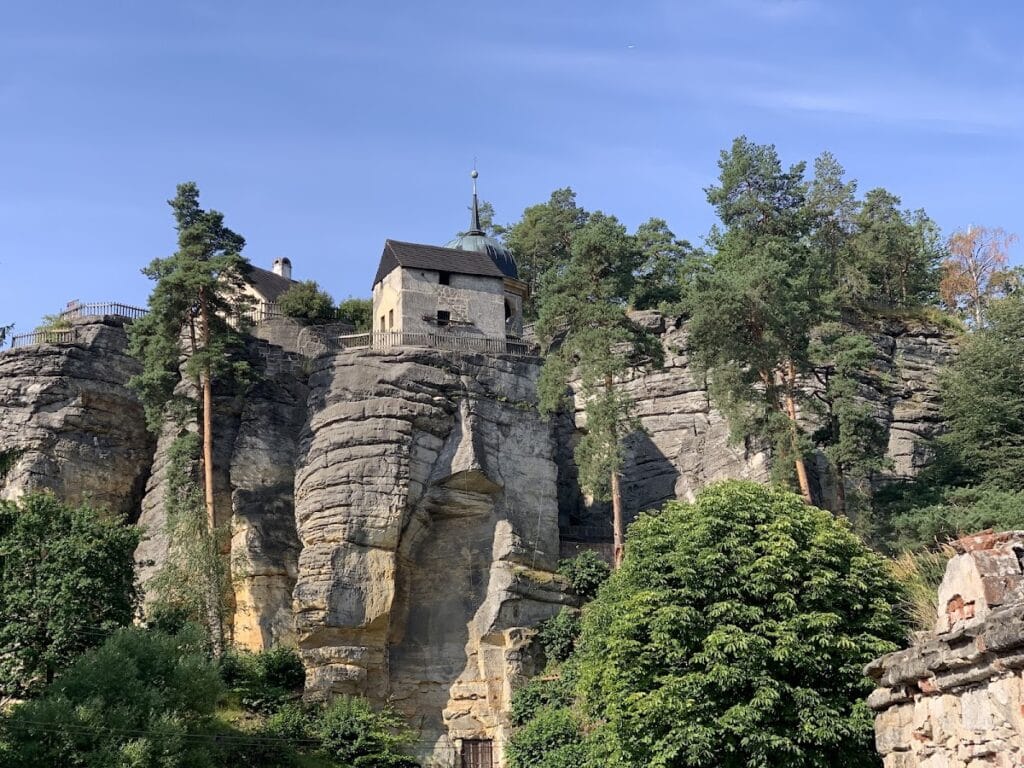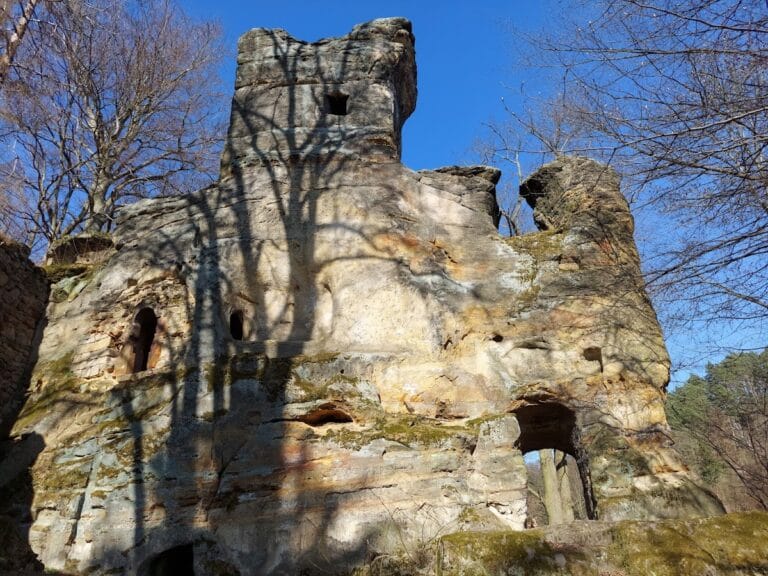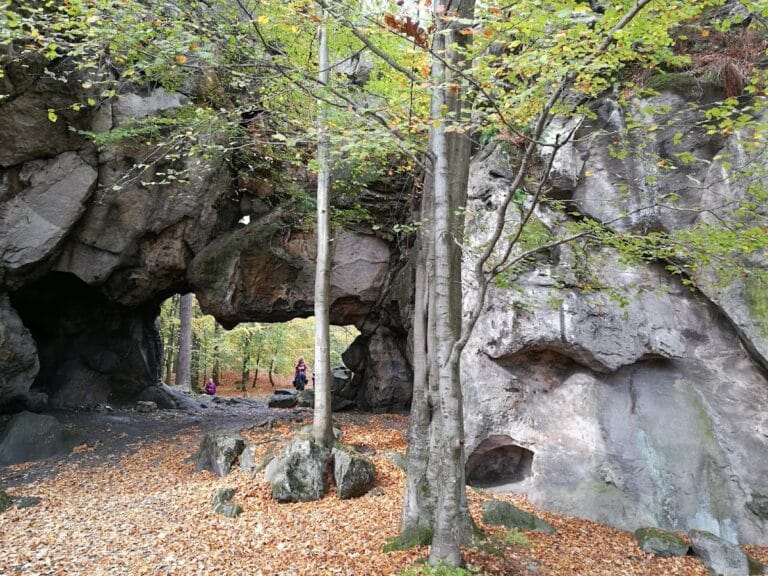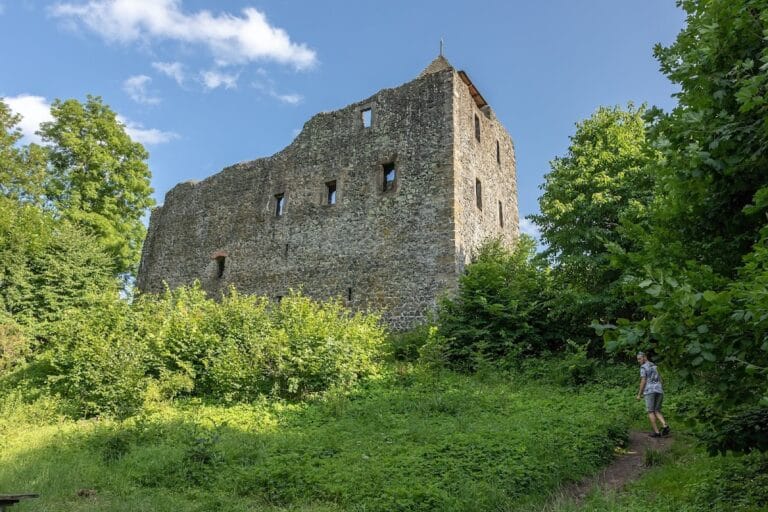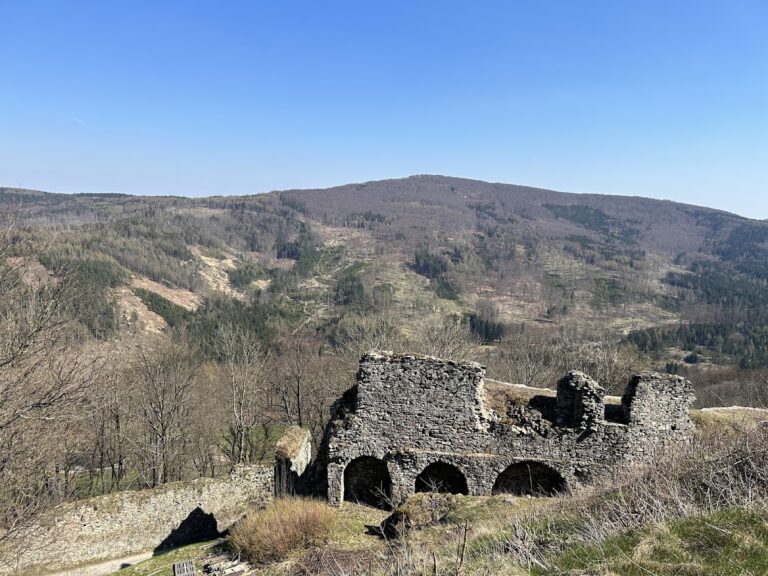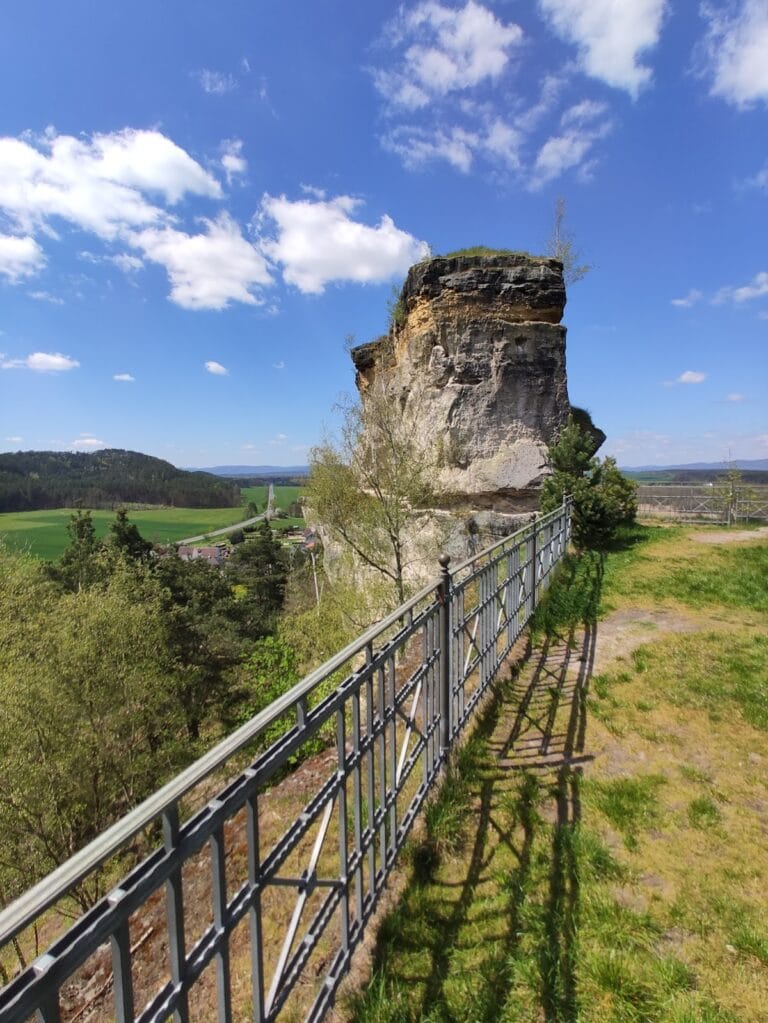Sloup Castle: A Medieval Fortress and Hermitage in the Czech Republic
Visitor Information
Google Rating: 4.7
Popularity: Medium
Google Maps: View on Google Maps
Official Website: www.hradsloup.cz
Country: Czechia
Civilization: Medieval European
Remains: Military
History
Sloup Castle is located in the municipality of Sloup v Čechách in the Czech Republic. It was constructed in the early 14th century by the Ronovec noble family, who chose a striking 35-meter high sandstone rock outcrop for its foundation. The castle stood alongside a salt trade route connecting Meissen and Česká Lípa, placing it within the medieval network of commerce and defense.
The first recorded owner was Čeněk of Ojvína, also known as Čeněk of Lipá, a prominent noble of the time. After 1330, the Berka family of Dubá took possession of the castle. During the turbulent Hussite Wars around 1427, Sloup Castle became notorious as the base for the robber knight Mikeš Pancíř of Smojno. From this stronghold, he launched raids into the neighboring Lusatia region. The castle endured two sieges in 1444 and 1445, and although forcibly starved into surrender, Mikeš restored and reoccupied the fortress within three years against prior agreements. His reign lasted until 1455, when he passed the castle on to his sons.
By 1471, the Berka family reacquired Sloup Castle but primarily used it as a place of refuge rather than a military bastion. Over a century later, in 1639 during the Thirty Years’ War, Swedish forces under General Johan Banér captured the site and inflicted complete destruction on the castle. Following this event, Sloup Castle was never rebuilt for defensive purposes.
In 1679 Count Ferdinand Hroznata of Kokořov obtained the estate and donated the ruins to a community of hermits who made the site their home until 1785. These hermits significantly modified the rock by carving new chambers, terraces, and a chapel completed in 1693, reflecting Baroque influences. Associated with this period were notable figures such as Konstantin, credited with building improvements, and Václav Rincholín, who painted a solar clock on the rock face.
The hermitage was disbanded in 1785 as part of Emperor Joseph II’s reforms. Subsequently, the Kinsky family transformed the site into a leisure venue, relocating the main entrance to the southeast and establishing a small park. Their restoration efforts attracted aristocratic visitors including Archdukes Franz Karl and Stephan of Austria, King Frederick Augustus I of Saxony, and the future Emperor Franz Joseph I. The Kinskys retained ownership until 1940. After World War II, the property was nationalized and left abandoned until efforts in the mid-20th century recognized it as a cultural monument.
Remains
Sloup Castle is uniquely integrated into a natural sandstone formation, with the original medieval stronghold carved directly from the rock. While much of the castle’s wooden structural elements have decayed or been destroyed, several stone features remain visible. These include staircases cut into the sandstone leading to the summit and multiple chambers hewn into the rock, which once served residential and defensive purposes. A cistern for water storage is also present, demonstrating the castle’s provision for sustaining occupants during siege.
The summit’s edges were skillfully shaped to emulate defensive walls, complete with loopholes—narrow vertical openings designed for archers or firearms. Defensive gullies in the rock were reinforced with masonry, and an innovative system of trenches could be flooded to protect the castle by transforming the surrounding area into a moat-like barrier.
Later additions from the Baroque period include a chapel carved into the rock dating from 1693, along with a cloister (or ambit) and terraces situated on the southern and eastern sides of the rock. Between 1719 and 1726, Karel Kinsky assembled sculptures housed in three artificial grottoes within the complex. These modifications reflect the hermits’ occupation and their blending of spiritual and aesthetic elements into the site.
A notable modern feature is a statue of a hermit holding binoculars, commemorating the 19th-century local resident Samuel Görner. The current statue is a replica; the original wooden figure was destroyed by Prussian troops during the 1866 conflict. The castle’s elevated position provides extensive views across the nearby villages of Sloup and Janov, the town of Nový Bor, and the Lusatian Mountains.
Additional carved spaces include hermit cells and a rock-cut chamber that served either as a prison or grain storage, often referred to as a dungeon. Within this area, prisoner inscriptions and graffiti survive, bearing witness to the site’s varied uses over centuries. During the 18th-century conversion into a leisure site under the Kinsky family, the main entrance was moved to the southeast, where a modest park was created to enhance visitors’ experience.
Today, the castle’s preserved rock passages, chambers, and defensive elements stand as a testament to its long and varied history, combining medieval fortress construction with Baroque hermitage transformation.

